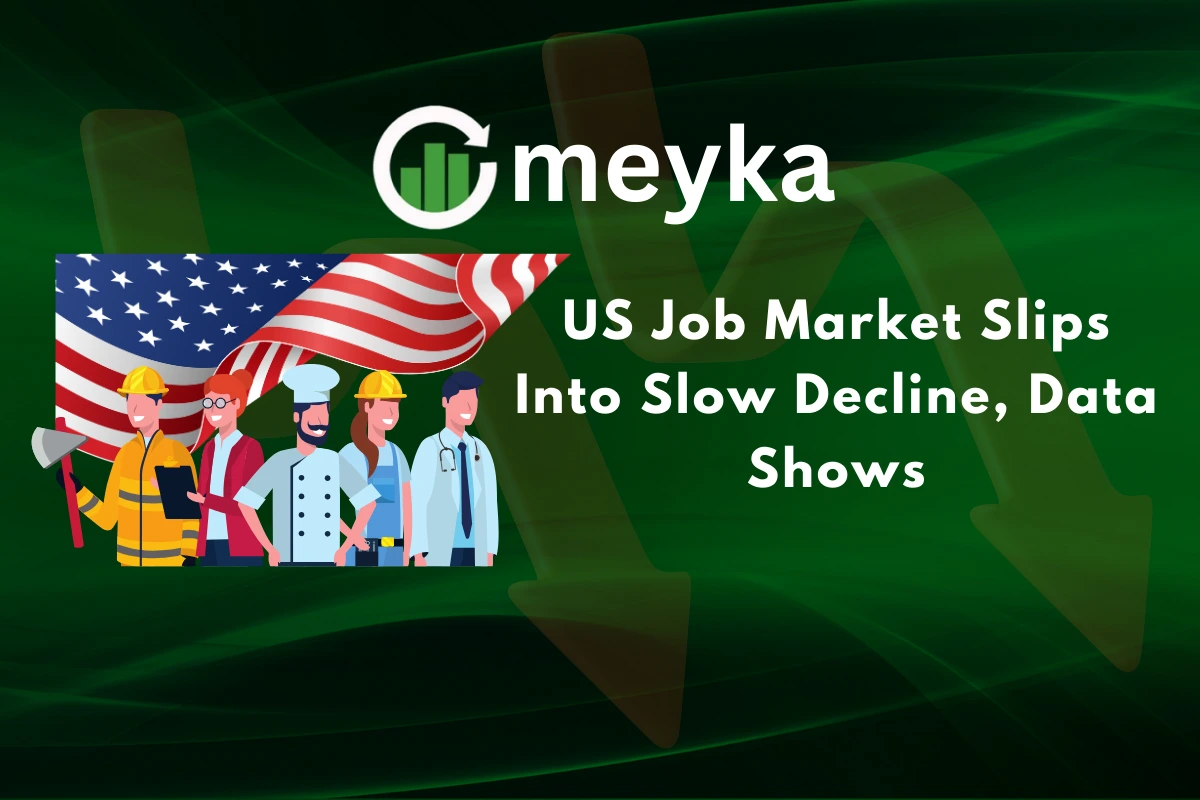US Job Market Slips Into Slow Decline, Data Shows
The latest data from the U.S. labor market shows signs of a slowdown that we cannot ignore. After months of steady job growth, new reports suggest that hiring is slowing, and some sectors are starting to feel pressure. In August 2025, the U.S. economy added fewer jobs than expected, and unemployment rates in certain regions crept upward. We see this as more than just numbers on a page; it affects real people, families, and communities across the country.
The slowdown is not uniform. Some industries, like healthcare and technology, continue to add jobs steadily, while others, such as retail and manufacturing, are struggling to maintain staffing levels. Wages are growing too slowly for many workers to keep up with rising living costs.
For us, as observers and participants in this economy, these trends signal important changes. They influence where we work, how businesses plan their growth, and even how government policies might shift in response. Understanding the forces behind this slowdown helps us prepare and make better choices in our careers and investments.
Key Labor Market Indicators
The U.S. job market has shown signs of slowing in recent months. In August 2025, the economy added only 22,000 jobs. This was the smallest monthly gain since 2010, excluding the pandemic period. As a result, the unemployment rate rose to 4.3%, the highest since 2021.

Some sectors, however, are still growing. The healthcare industry added 31,000 jobs in August. This contributed significantly to overall private-sector gains. Other industries, though, showed little or no growth. This points to a lack of momentum in the broader economy.
The labor force participation rate stayed steady at 62.3%, and the employment-population ratio held at 59.6%. These numbers suggest that while more people remain employed, the pace of job growth has slowed.
Sector Analysis
The healthcare sector remains a bright spot, but many other industries are struggling. The federal government sector has seen job losses. Mining, quarrying, and oil and gas extraction industries have also declined.

Manufacturing has been hit hard by recent economic policies. Tariffs from the Trump administration raised costs for importing companies. To manage these costs, some companies have cut jobs. For example, Stellantis announced temporary layoffs of 900 employees. The company said tariffs affected their operations and profitability.
Factors Behind the Slowdown
The U.S. job market slowdown has several driving forces. Economic policies, including tariffs and ongoing trade tensions, have raised costs for many businesses. Higher costs often force companies to cut jobs or delay hiring to protect profits. Interest rate hikes by the Federal Reserve have also played a role. When borrowing becomes more expensive, businesses invest less in expansion, which slows down new job creation.
Rising inflation adds another layer of pressure. As prices increase, consumers spend less, which reduces demand for goods and services. This drop in demand can lead to slower hiring or even layoffs in some industries.
Finally, technological changes reshape the labor market. Automation and artificial intelligence are replacing some tasks previously done by workers, particularly in manufacturing and clerical roles. Together, these factors are creating a challenging environment for both workers and employers.
Implications for Workers
For workers, slower job growth creates real challenges. With fewer new positions available, competition for jobs is higher. Many workers face slower wage growth, which can make it harder to keep up with living costs. Job security is also a concern. In sectors hit hardest by the slowdown, layoffs and restructuring can leave employees uncertain about their future. Workers may need to upskill or consider career changes to remain competitive.
Implications for Employers and Businesses
Businesses are also feeling the effects of the slowdown. Hiring skilled employees has become more difficult, slowing overall growth. At the same time, rising wages and benefits can increase operational costs. To stay competitive, many companies are investing in technology and employee training programs. Businesses that adapt quickly can maintain efficiency and continue to grow, even in a slower labor market.
Expert Opinions and Forecasts
Economists have mixed views on the current labor market trends. Analysts at Morgan Stanley see the slowdown as a potential sign that the economy is stabilizing after a period of uneven growth. They suggest that a gradual recovery could be on the horizon.
On the other hand, Standard Chartered economists argue that weak job reports may justify interest rate cuts by the Federal Reserve to stimulate the economy. These differing perspectives highlight the uncertainty in predicting the job market’s next moves, but most experts agree that adaptation and careful planning will be key for both workers and businesses.

Bottom Line
The U.S. job market is growing more slowly. Several economic factors are driving this trend. Some sectors continue to add jobs, but overall growth has weakened. Workers and employers will need to adapt and plan carefully to handle these changes. Keeping a close eye on the market will be important to understand how jobs and employment may shift in the future.
Frequently Asked Questions (FAQs)
As of August 2025, U.S. job growth slowed significantly, with only 22,000 jobs added. The unemployment rate rose to 4.3%, indicating softening labor market conditions
The slowdown is attributed to factors such as trade tariffs, immigration restrictions, and reduced hiring in sectors like manufacturing and business services
Disclaimer:
The above information is based on current market data, which is subject to change, and does not constitute financial advice. Always do your research.






